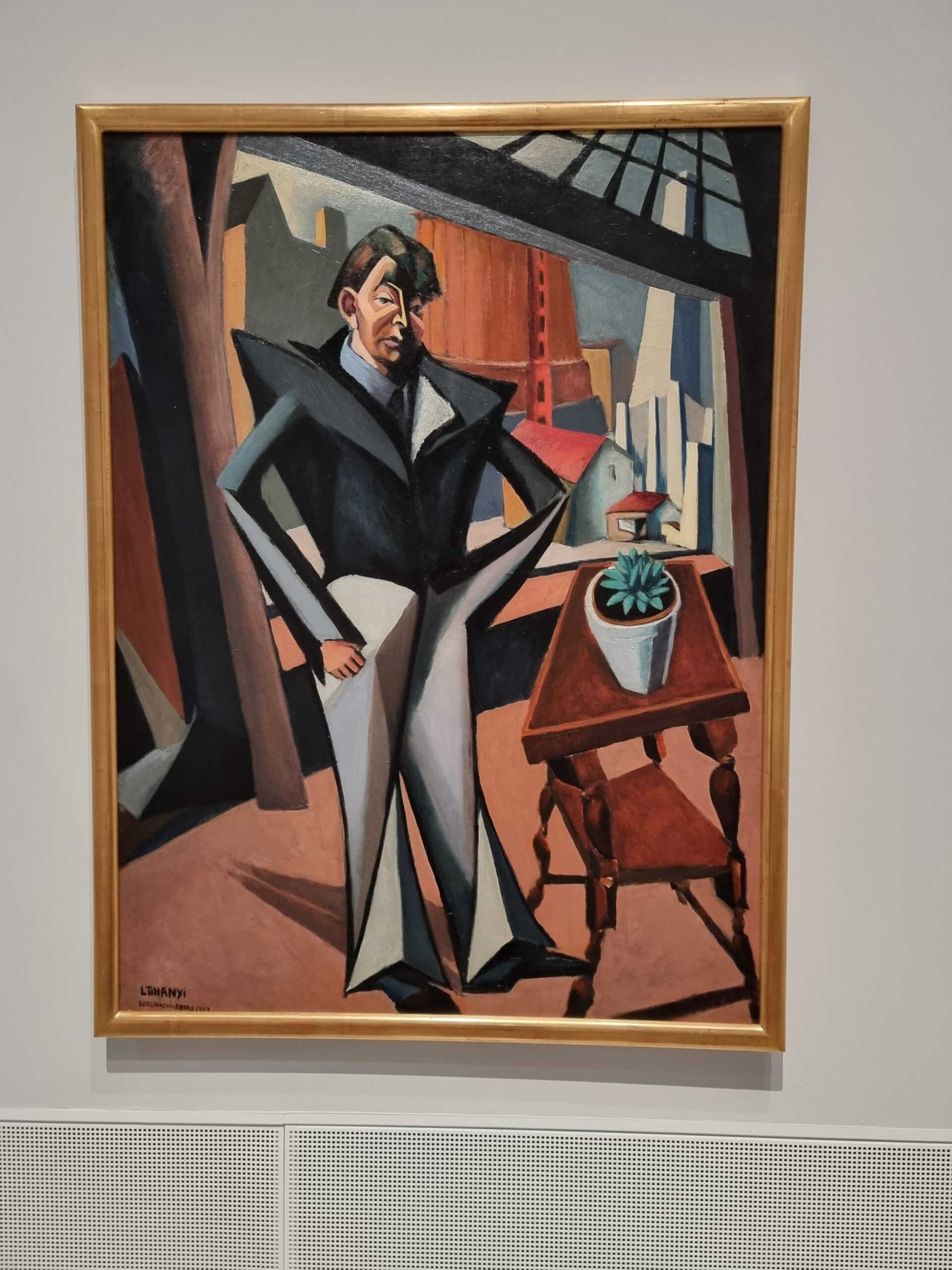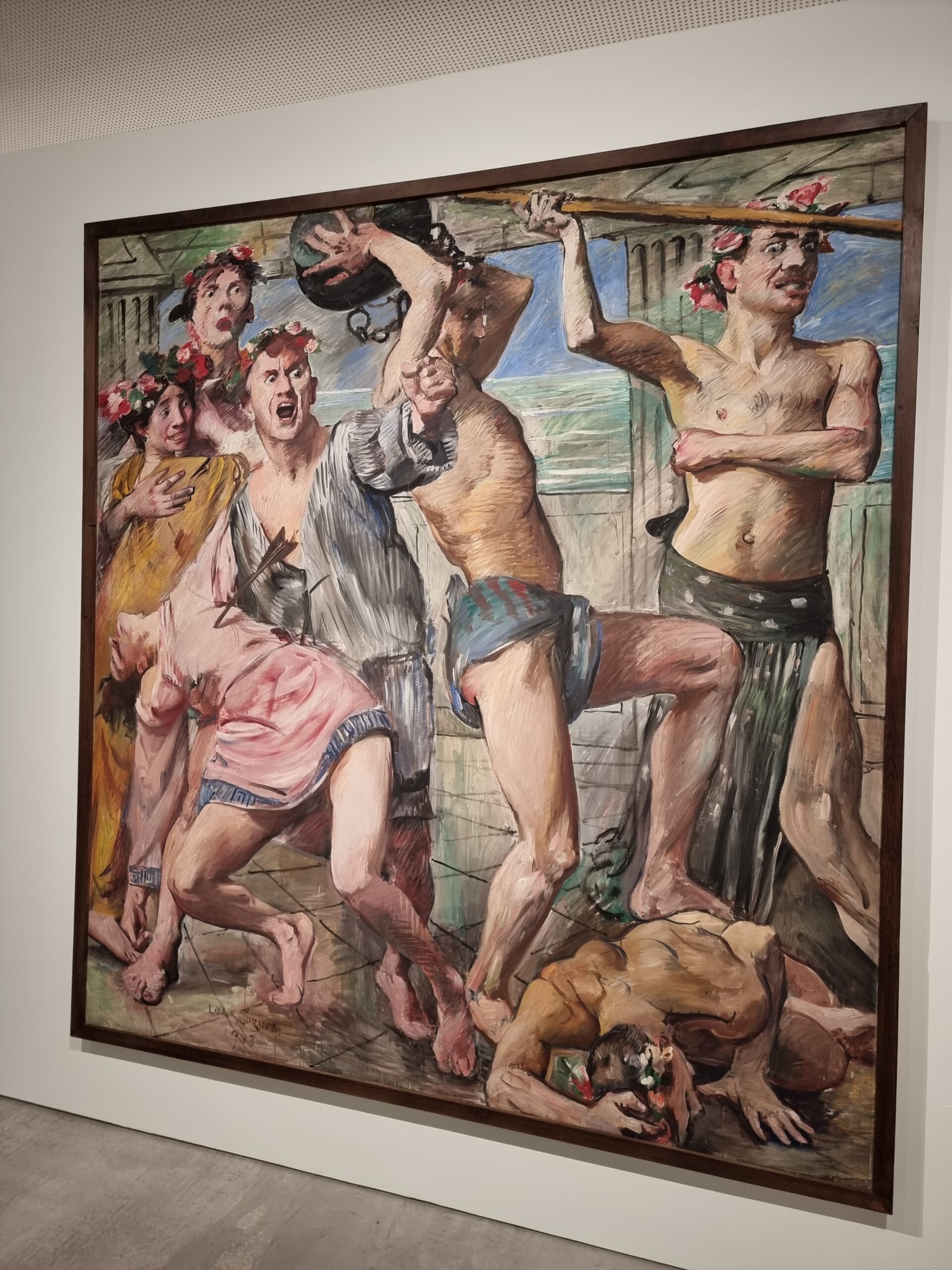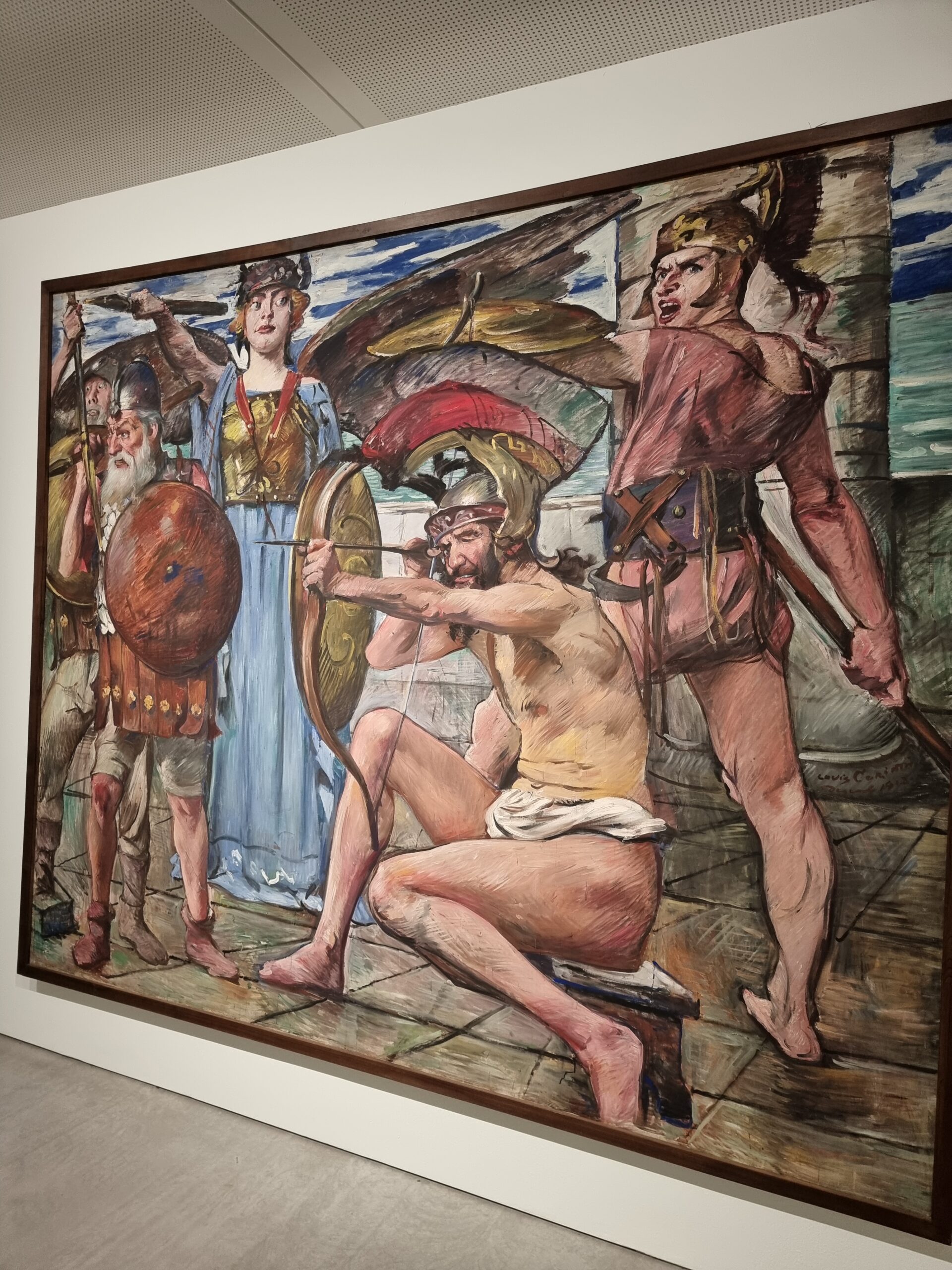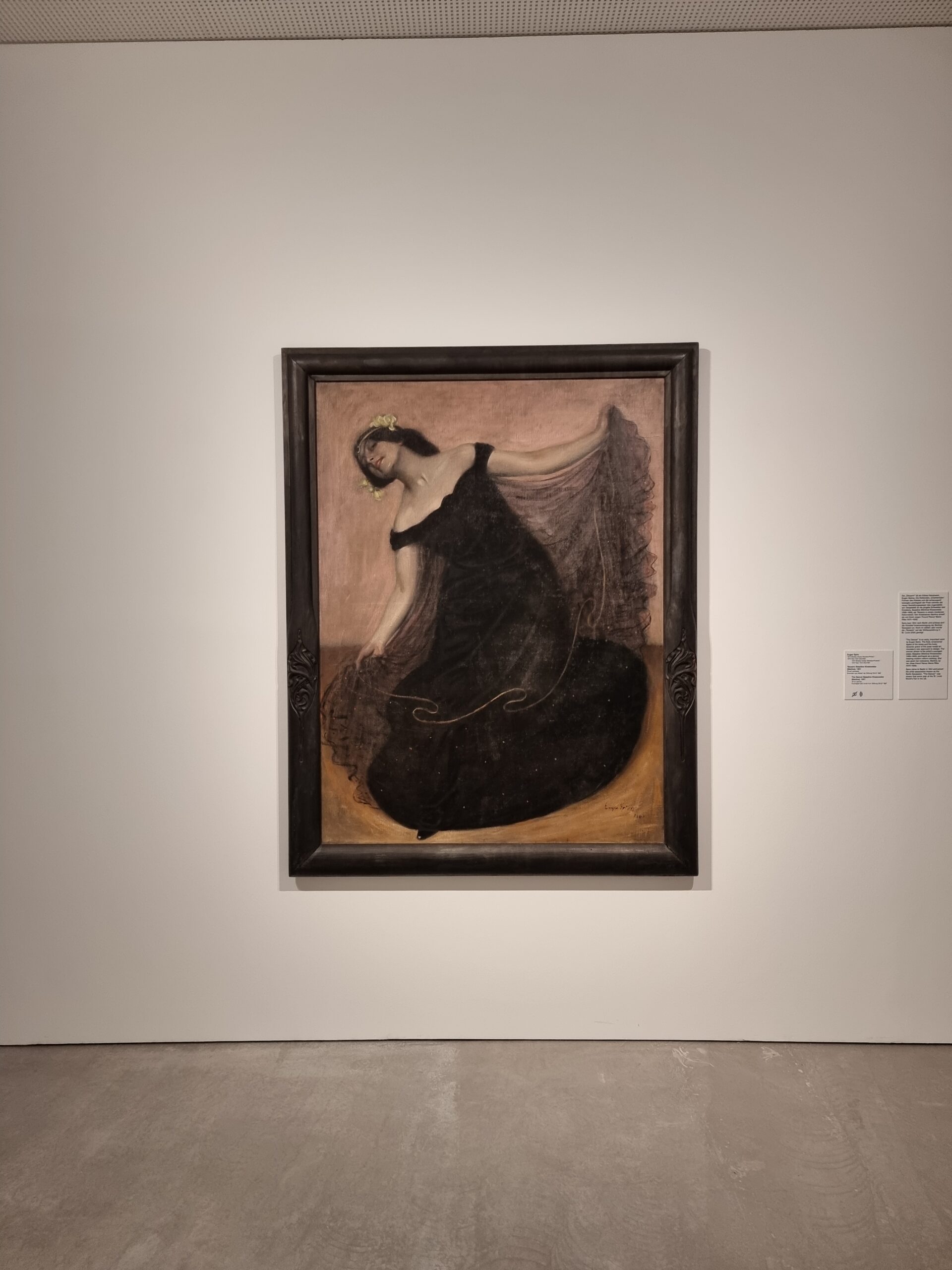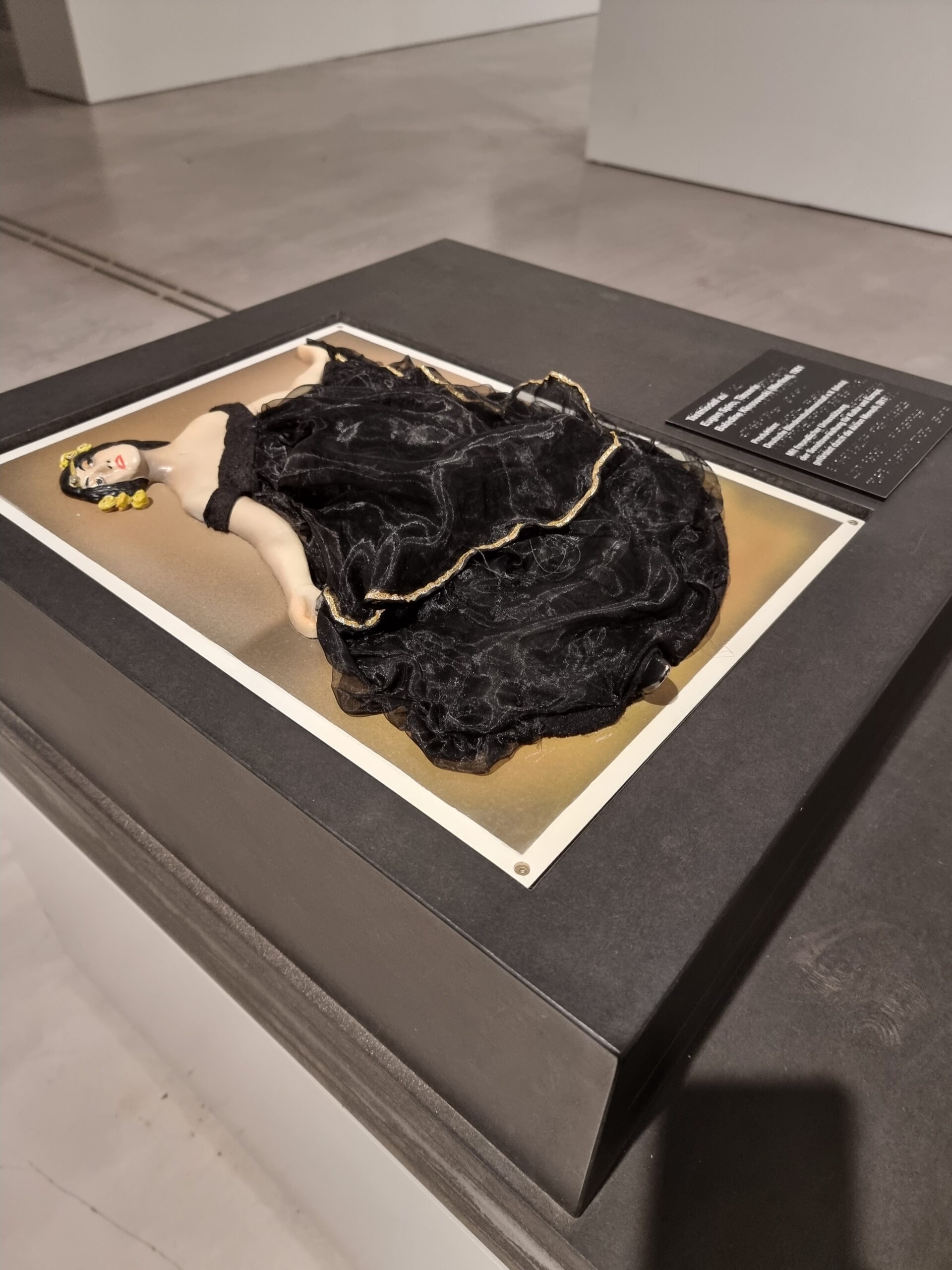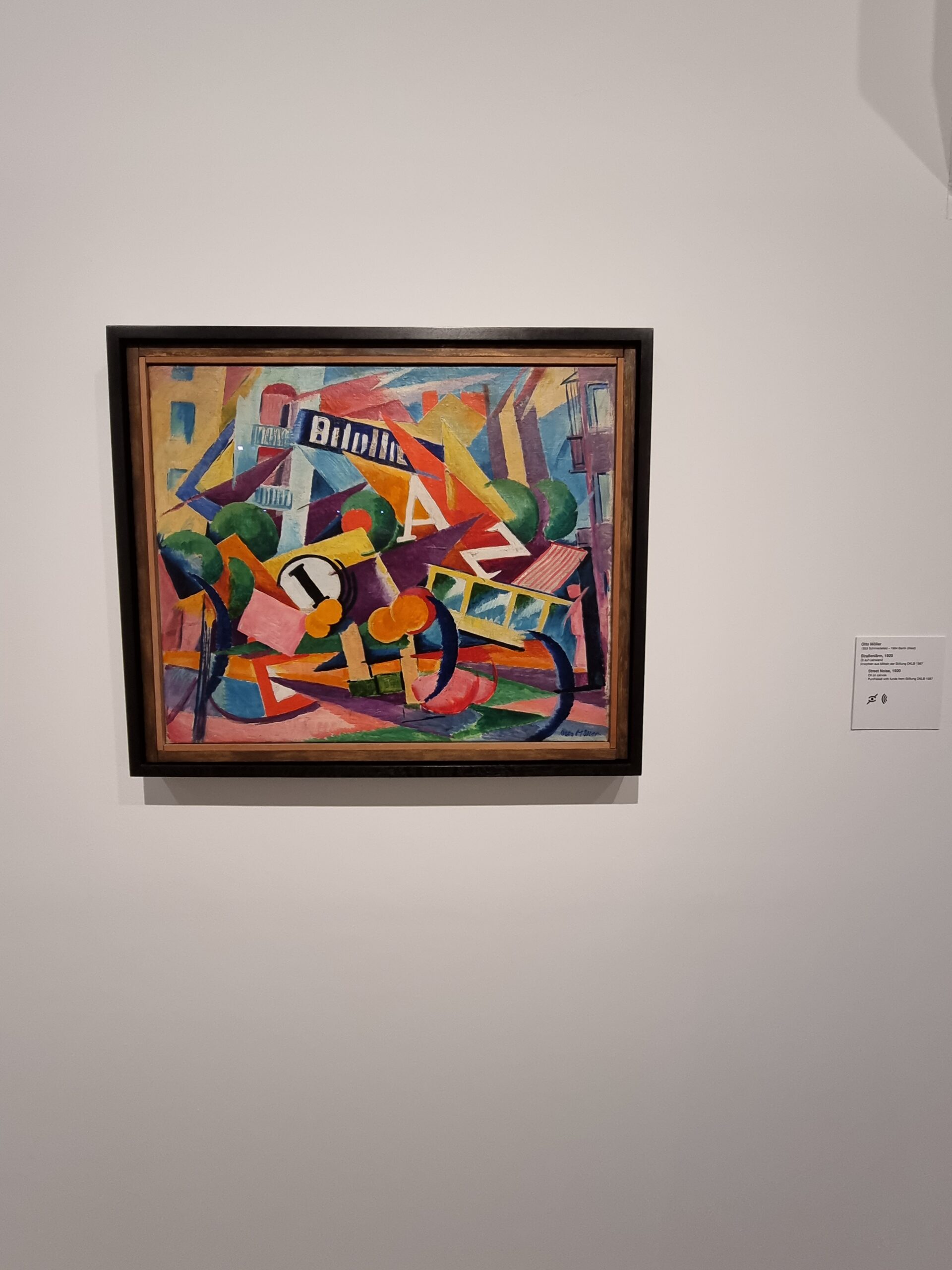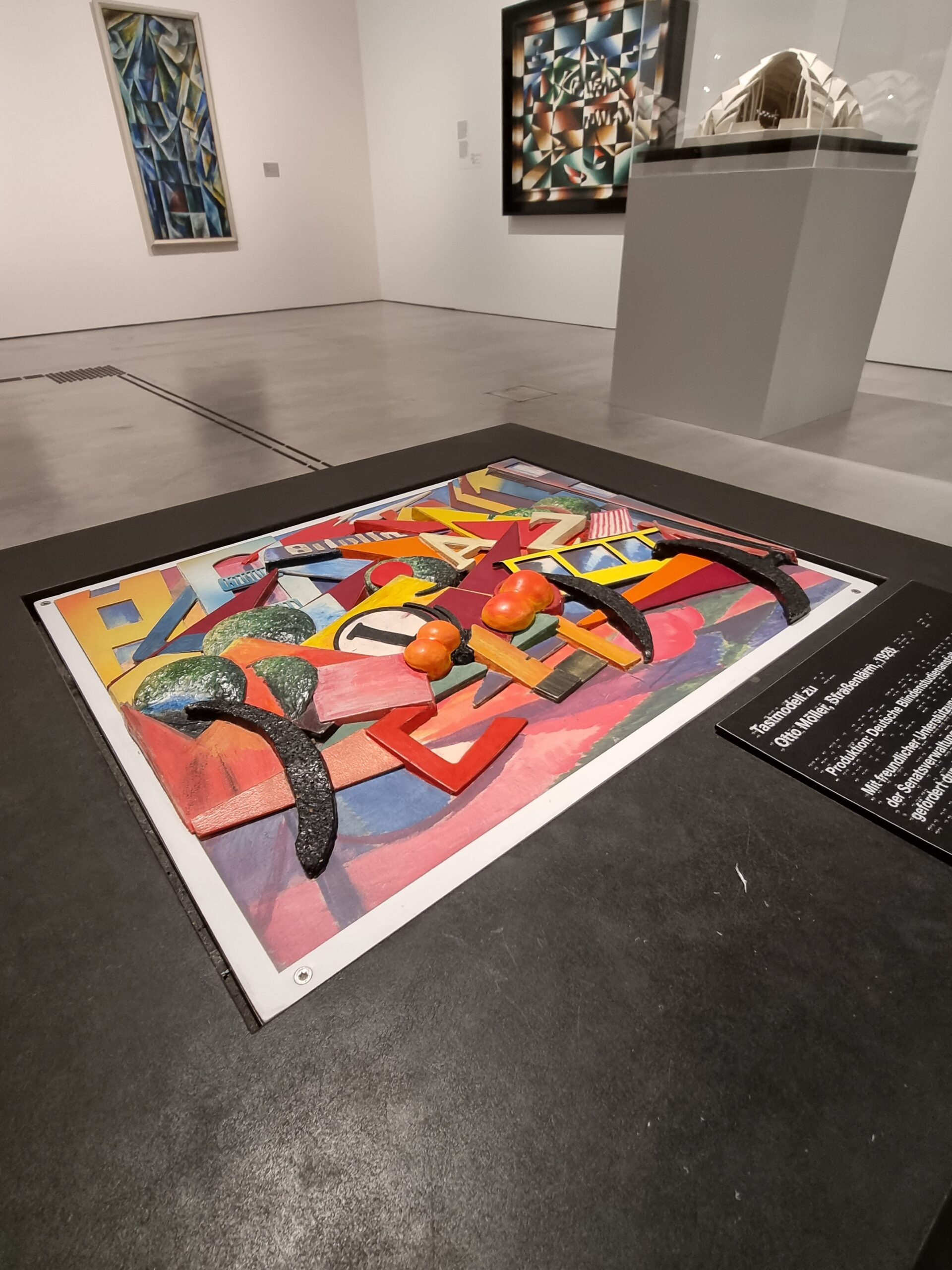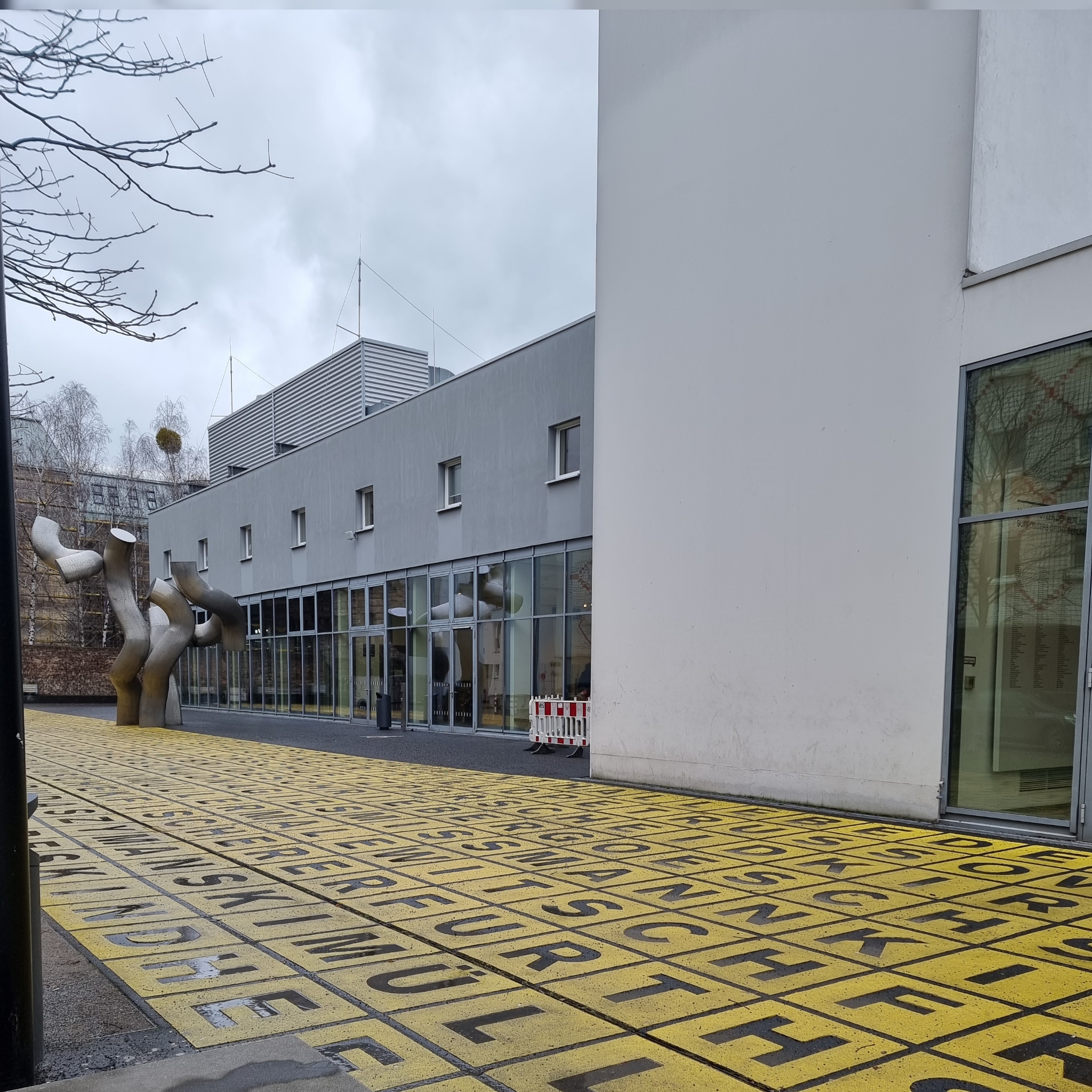
Berlin Gallery
lease notice: Currently, the Berlin Gallery is closed for renovation until 25.05.2023. Permanent exhibition of contemporary art, created in Berlin since 1870, as well as special exhibitions of current works by artists living in Berlin.
The large “Magyar Modern” exhibition showing over 200 works of Hungarian art and artists has just ended. The whole range of their works as painters, architects and photographers as well as installations or Goblin works could be seen and the influence, these artists had in Berlin when they lived and worked in the capital between 1910 and 1933. Currently, this area is being rebuilt for the next exhibitions, which will be on view again from May 2023 onwards.
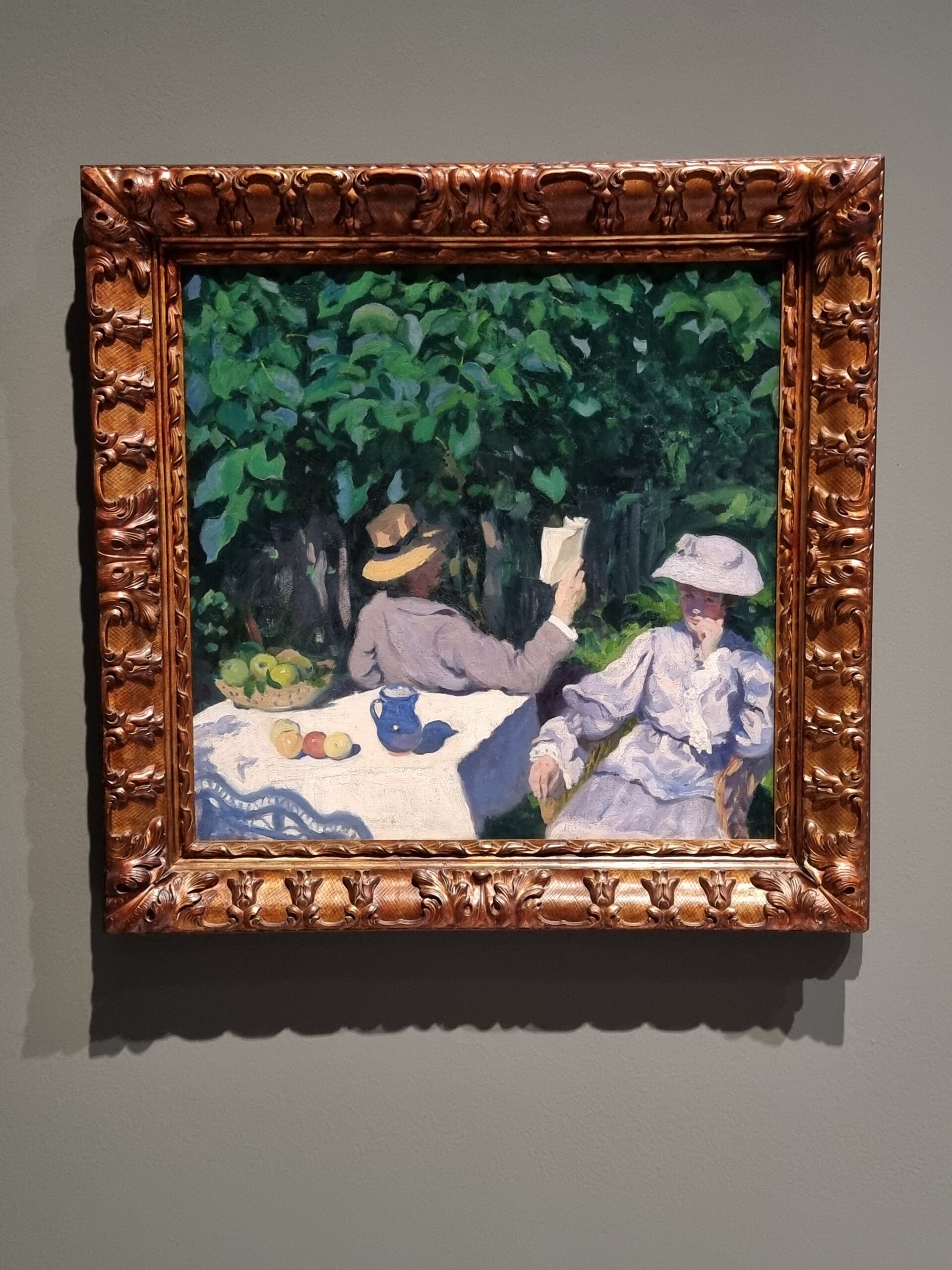
Permanent Exhibition
Only about 10-15 minutes walk from Grimm’s Hotel Mitte, the museum building is already from the outside very “instagramable” and shouldn’t be missed on any Berlin trip..: Before entering the museum the field of letters immediately catches the eye. Similar to a crossword puzzle, it shows 160 names of the artists who are exhibited in the museum.
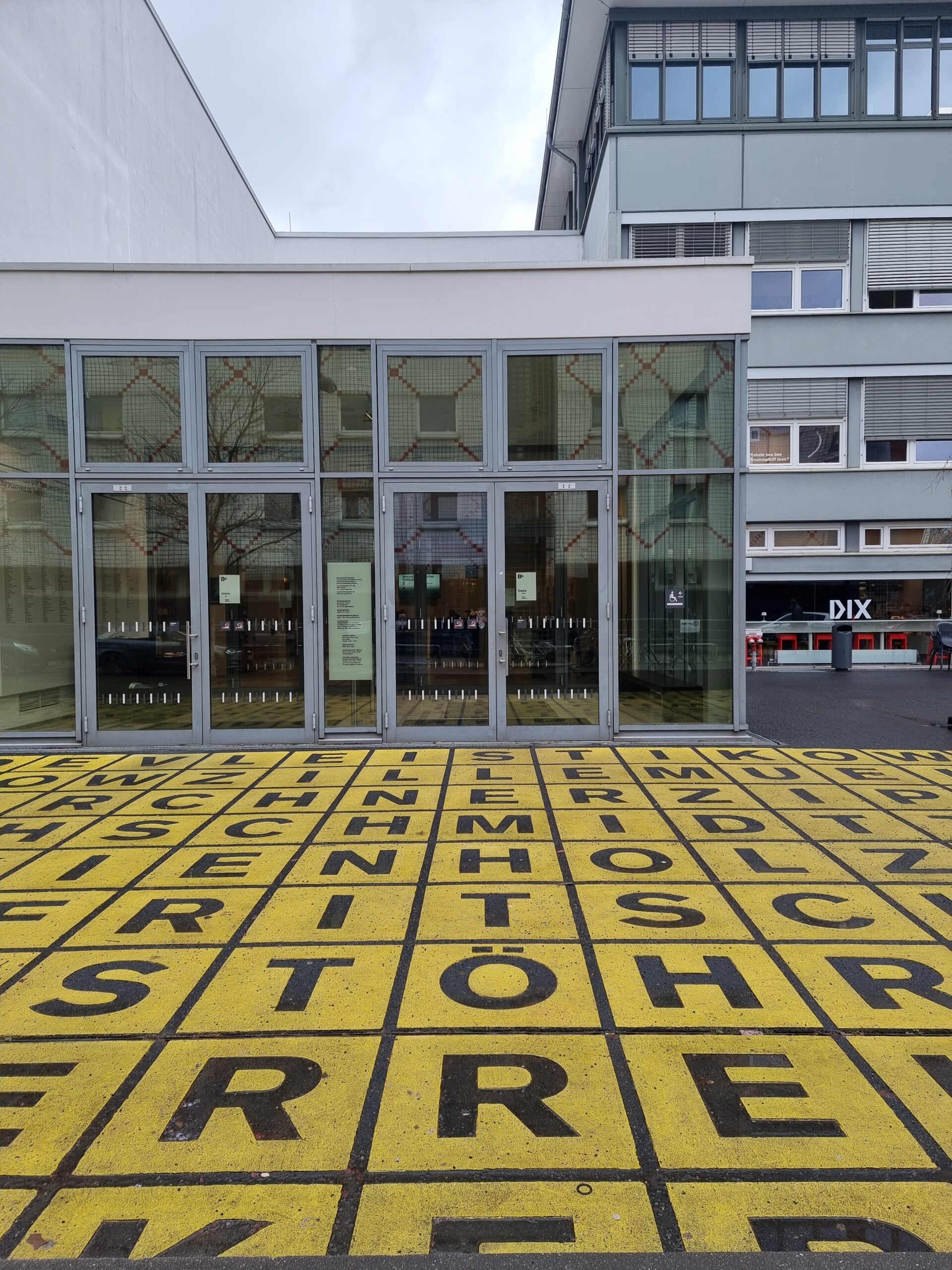
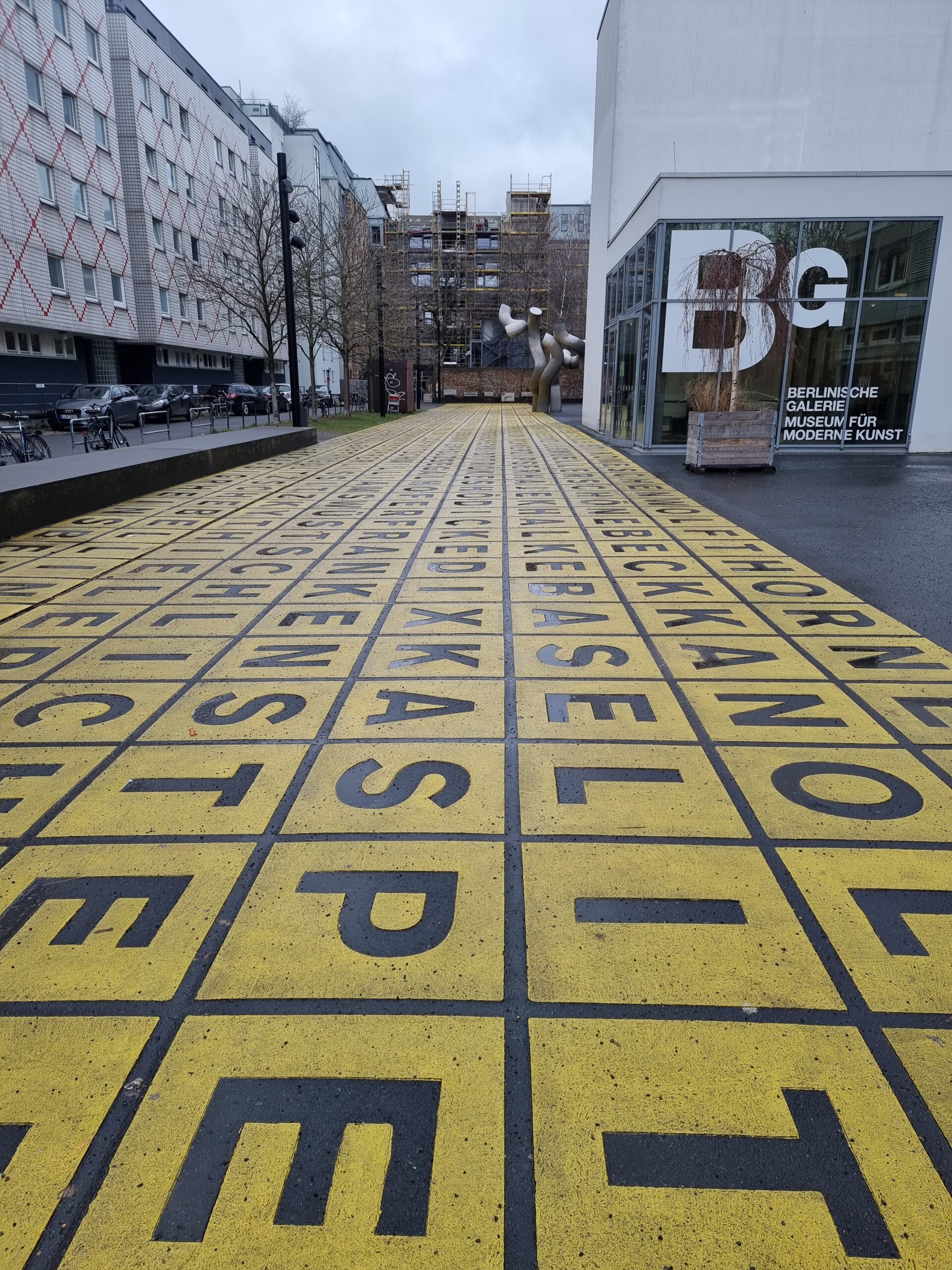
When you enter the museum, the exhibition area is divided into 2 levels. The lower area is constantly redesigned for the special exhibitions, only a few walls are actually fixed. Most walls are movable and are realigned for each exhibition, creating new perspectives and spaces.
On the upper floor, the permanent exhibition features many renowned artists. The large-scale works of Lovis Corinth with the depictions of Ulysses and the “Raging Roland” are just one example of the many eras and styles that can be found there. 7 of 11 paintings of the epic “Orlando furioso”( “The Racing Roland”) by Ludovico Ariosto are in the Berlinische Galerie. Corinth painted them for the Berlin industrialist Ludwig Katzenellenbogen. He and his wife Estella wanted to acquire this cycle of paintings for the dining room of their recently purchased manor house near Oranienburg. The well-known art dealer Paul Cassirer, who represented artists such as Max Liebermann, Max Slevogt, Claude Monet and Auguste Renoir, contacted Lovis Corinth, who finally received and realized the “order”. The couple divorced in 1929 and the paintings survived the war in a depot in Amsterdam after Estelle was able to emigrate to the USA and her husband died in 1944. Before that, Ludwig Katzenellenbogen was arrested by the Nazis in Salonika and deported to Sachsenhausen concentration camp.
The Berlinische Galerie was initially founded as a private association and managed from an office. The focus of the collection was and is modern and contemporary art created in Berlin. The collection includes the latest artists and art movements from 1870 – starting from the Empire, through the Weimar Republic, followed by war and post-war period in the divided parts of Berlin to the present. First the works were shown in exhibitions at the Akademie der Künste or the Neue Nationalgalerie, and later at the Martin-Gropius-Bau. In 2004, the collection received its own home in Alte Jakobstraße.
The tactile models are an absolute highlight. Seven main works can be experienced haptically. They are made of different materials such as felt, textile or wood, correspond in structure and form to the respective original and show not only the details but also translate textures of the image through the material. This is an impressive experience, especially for blind visitors, who do not have to rely solely on descriptions but can feel the works of art – and certainly also for small children, in order to create an approach to art.
Paintings from the Art Nouveau period can be found in the Berlinische Galerie, as well as works of Dadaism or Expressionism. In the context of the exhibition of the Bröhan Museum about the photographs of Lucia Moholy, the wife of Lazlo Moholy-Nagy, who captured the art of the Bauhaus through her photographic art, it is also important to mention her husband Lazlo, who is represented with some works in the Berlinische Galerie. El Lissitzky, who in turn inspired many Bauhaus artists and as a trained architect saw himself as a mediator between architecture and painting, created the “Prounenraum” for the Great Berlin Art Exhibition of 1923. The reconstruction of this room can be entered and experienced in the permanent exhibition. His geometric forms achieve spatial effect in his drawings despite the two-dimensionality, in the Prounenraum you can experience the effect yourself, surrounded by his geometric figures.
It’s absolutely worth going!
all photos and videos of the blog article © Kischreport
When? permanent exhibition
Where? Landesmuseum für Moderne Kunst, Fotografie und Architektur Stiftung Öffentlichen Rechts, Alte Jakobstraße 124 – 128
10969 Berlin
Infos? Berlinische Galerie
Opening Hours? Currently closed due to exhibition reconstruction


